Pedestrian
-
 Wichita, KS – Woman Hurt in Pedestrian Crash at Tyler & CentralView Article
Wichita, KS – Woman Hurt in Pedestrian Crash at Tyler & CentralView ArticleWichita, KS (June 28, 2024) – A woman was hurt after being struck by a motor vehicle in the Wichita area on Thursday, June 27. The crash was reported at the corner of Tyler and Central. Local reports revealed that a woman in her 70s was crossing the road headed north when she was hit […]
-
 Carbondale, KS – Pedestrian Dies in Collision on US-75View Article
Carbondale, KS – Pedestrian Dies in Collision on US-75View ArticleCarbondale, KS (March 13, 2024) – On Monday night, March 11, a pedestrian was killed after a traffic accident in the Carbondale area. The deadly accident was reported late that evening at around 8:30 p.m. in Osage County on US-75. Local reports indicated that three vehicles were reportedly involved in the accident. Emergency responders were […]
-
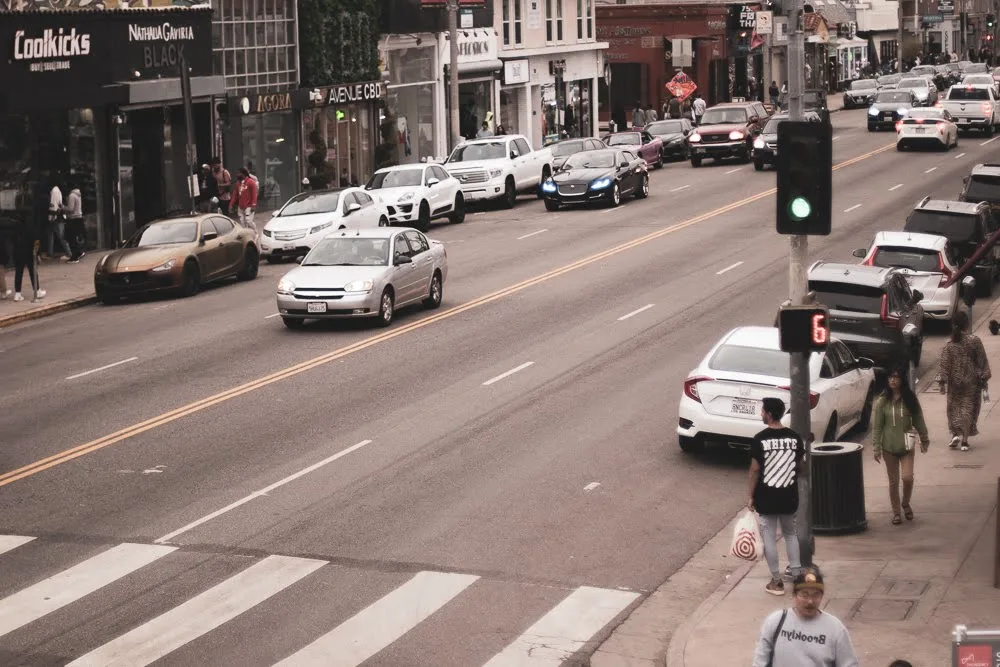 Wichita, KS – Pedestrian Critically Hurt in Crash on 17th StView Article
Wichita, KS – Pedestrian Critically Hurt in Crash on 17th StView ArticleWichita, KS (March 12, 2024) – A pedestrian suffered critical injuries after a hit-and-run accident in the Wichita area on Sunday, March 10. The accident was reported at around 5:15 p.m. at the 2300 block of E. 17th Street. Emergency responders were quickly dispatched after being notified of a pedestrian-vehicle accident. The victim was identified […]
-
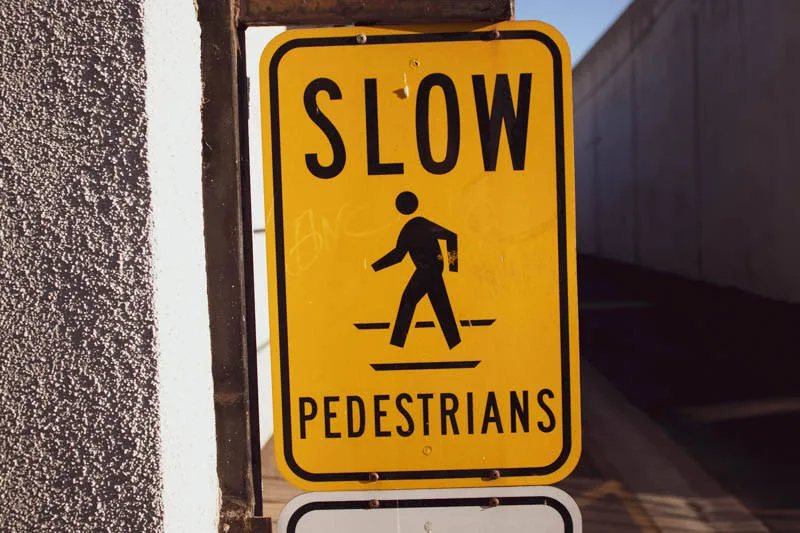 Grove, KS – Critical Injuries in Pedestrian Crash on E 17th StView Article
Grove, KS – Critical Injuries in Pedestrian Crash on E 17th StView ArticleGrove, KS (March 11, 2024) – There were critical injuries after a pedestrian accident outside of Grove on Sunday, March 10. The collision was reported at the 2300 block of E. 17th Street at around 5:15 p.m. Emergency crews were quickly dispatched to render aid to the involved parties. The victim was traveling on foot […]
-
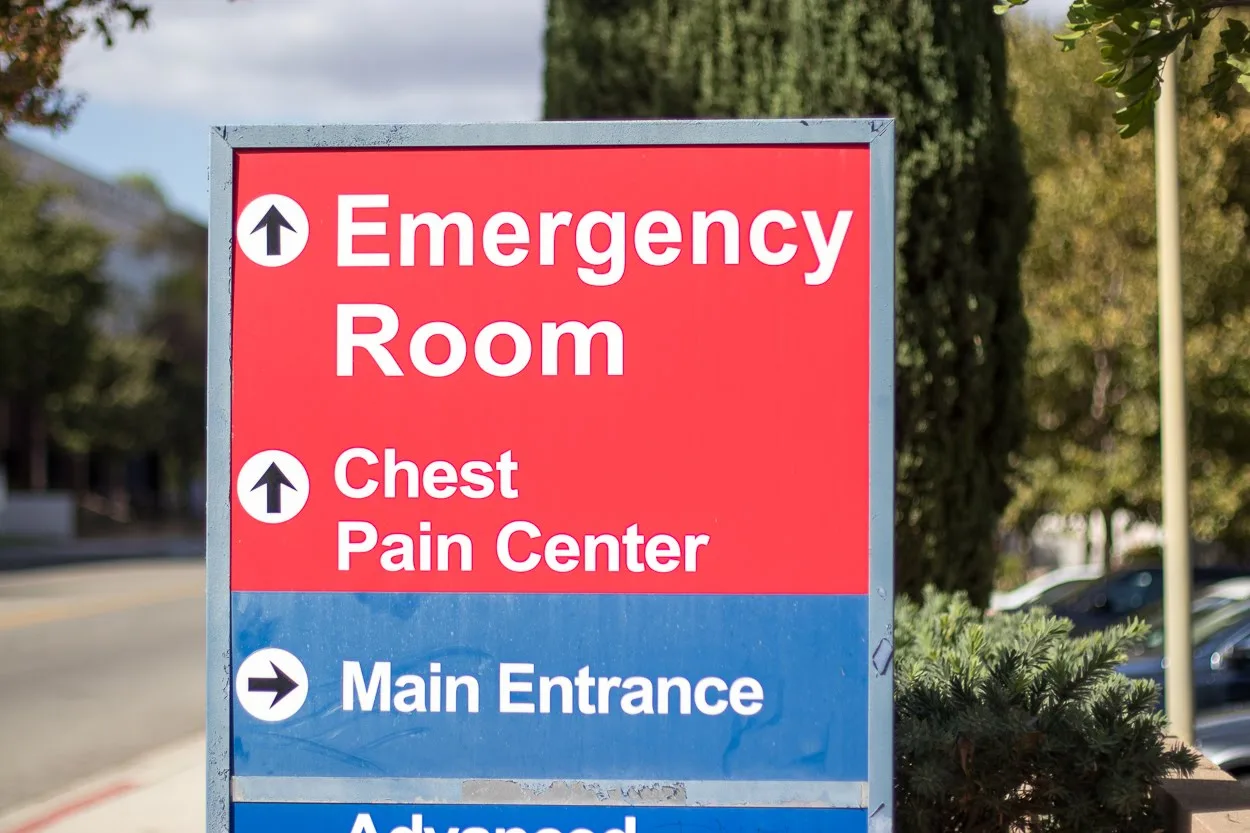 Leawood, KS – Pedestrian Fatally Struck at Chadwick & W 135th StView Article
Leawood, KS – Pedestrian Fatally Struck at Chadwick & W 135th StView ArticleLeawood, KS (March 10, 2024) – Early on Sunday, March 10, a pedestrian was killed after a traffic accident in the Leawood area. The deadly accident occurred at the corner of Chadwick and W. 135th Street early that morning at around 4:30 a.m. Emergency crews were quickly dispatched after being notified of a pedestrian-vehicle accident. […]
-
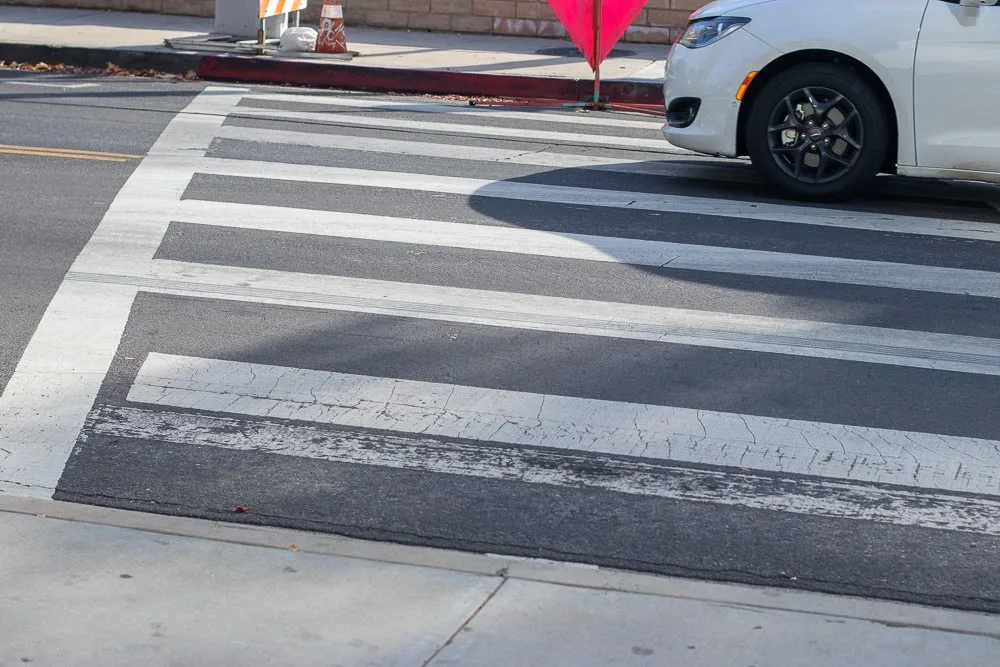 Wichita, KS – Pedestrian Seriously Hurt in Crash on Central AveView Article
Wichita, KS – Pedestrian Seriously Hurt in Crash on Central AveView ArticleWichita, KS (February 29, 2024) – Early on Tuesday morning, February 27, a pedestrian suffered serious injuries after a traffic accident in Wichita. The collision took place at the 6800 block of W. Central Avenue near Ridge at around 1:45 a.m. Emergency crews were dispatched to the scene after being notified of a pedestrian-vehicle accident. […]
-
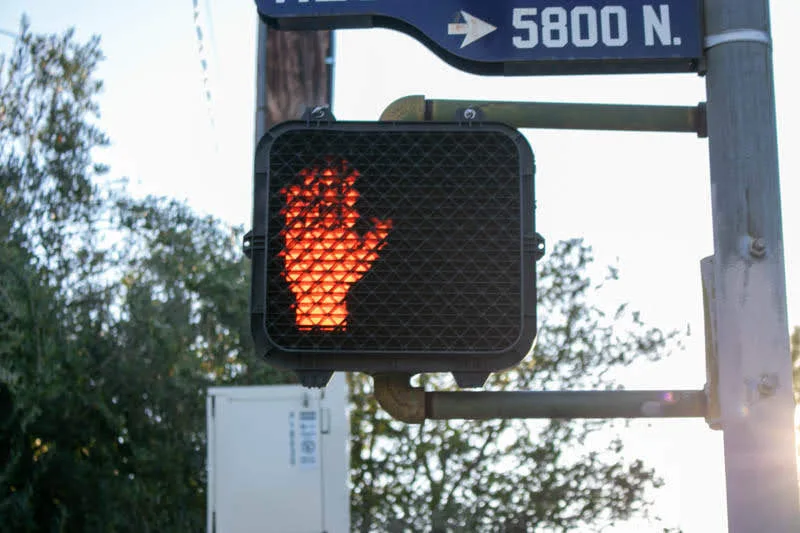 Tecumseh, KS – Woman Fatally Struck Pushing Bike on US-40View Article
Tecumseh, KS – Woman Fatally Struck Pushing Bike on US-40View ArticleTecumseh, KS (February 23, 2024) – On Thursday, February 22, a woman was killed while walking along a highway outside of Tecumseh. Local reports revealed that the deadly pedestrian crash occurred at the 6000 block of US-40 early that morning at around 10 a.m. The victim was pushing a bike while walking along the highway […]
-
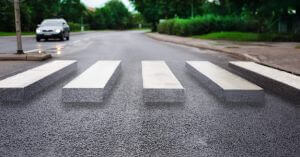 3D Crosswalks and Pedestrian Accidents: Insights from Kansas AttorneysView Article
3D Crosswalks and Pedestrian Accidents: Insights from Kansas AttorneysView ArticlePedestrian accidents happen far too often throughout the state of Kansas, especially in large cities such as Wichita. Unlike drivers in cars, pedestrians don’t have vehicle frames, airbags, and seatbelts protecting them. Injuries sustained in these accidents are often serious and potentially even fatal. Pedestrians are often struck by distracted drivers, speeders, reckless drivers or drunk […]
-
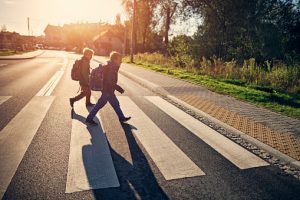 Back to School Safety for Kansas Pedestrians and BicyclistsView Article
Back to School Safety for Kansas Pedestrians and BicyclistsView ArticleAs the new school year begins, AAA and the Kansas injury law team at Bretz & Young are urging drivers to please watch for pedestrians and bicyclists while driving through school zones. Each year, some 55 million children across the U.S. return to school. Among them, 13 percent walk or ride bicycles. It’s imperative for […]
-
 Winter Risks Bring Uncertainty for Drivers and Pedestrians in WichitaView Article
Winter Risks Bring Uncertainty for Drivers and Pedestrians in WichitaView ArticleUncertainty abounds when it comes to the winter weather forecast in Kansas. The Wichita Eagle reports prognosticators can’t agree on whether we should expect a mild winter or above-average snowfall. Ice and snow also bring plenty of uncertainty when it comes to the risk of winter accidents in Wichita. Just recently, KAKE News reported that icy conditions on Interstate 70 […]


